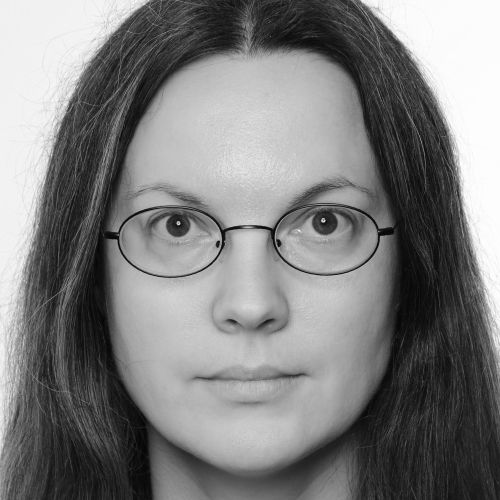Tatiana Levina
Fellowships
FellowshipsIn his autobiography, Kazimir Malevich (1879–1935), who rejected Renaissance art and Classicism in favor of his new abstract art, emphasized his admiration for folk art, icon painting and peasant sign painting. His fascination with peasant art began in his childhood in the Ukrainian village of Parkhomivka (Kharkiv region). He would help the peasant women, who were excellent at drawing roosters, horses and flowers. He himself continued to paint in the peasant style, recognizing the talent of the women painters. In recent years, several interesting studies have appeared, shedding light on the Kyiv period of Malevich's work (1928–1930), as well as on the avant-garde context in Ukraine. In 2015, several of Malevich's texts were found in Kyiv in the archive of Marian Kropyvnytsky. Tatiana Levina will review studies by Ukrainian authors published in Ukraine and abroad in order to compare this time with other periods of his work.
This Fellowship is part of the Progressive Int. Initiative.
What are the roots of abstraction in the arts? Scholars refer to philosophy, theology, theosophy, and science. In this project, Tatiana Levina will analyze Kazimir Malevich’s reception of scientific research of his time. More concretely, she will consider Malevich’s theoretical writings in the context of developments in astronomy, mathematics, and physics in order to describe the roots of his urge to abstraction.
The current project builds on her previous research on Malevich’s reception of Russian religious metaphysics and classical metaphysical problems. She presented some initial ideas on the present topic in her talk for the international conference “The Problem of Religious Art in Modernity: Uses and Abuses of the Icon in Russia,” co-organized by the IWM in October 2020.

